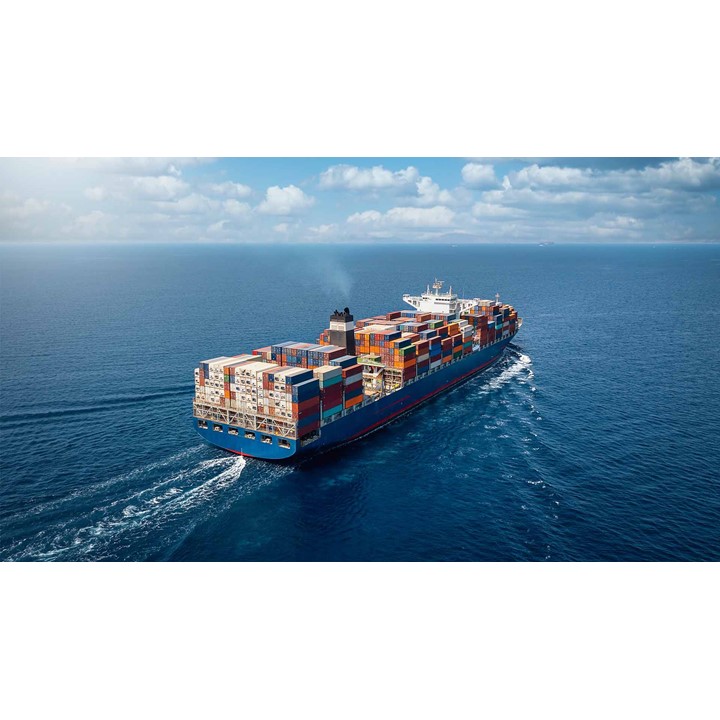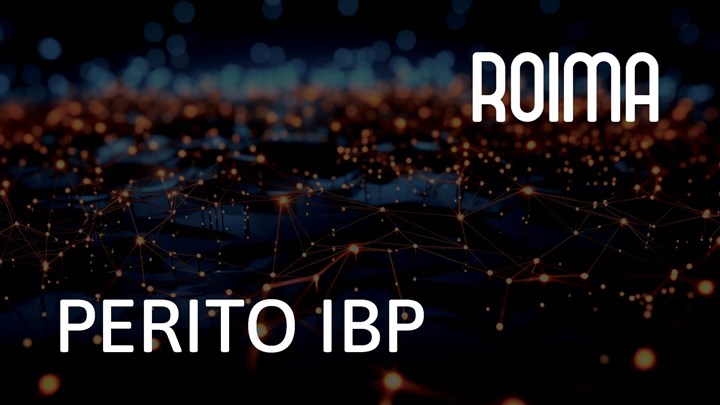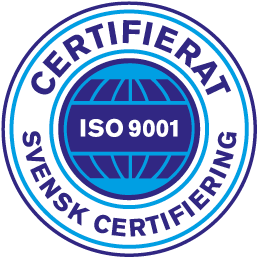Get ahead: Integrate sustainability into your supply chain planning
The ultimate goal of many countries and companies today is to reduce carbon dioxide emissions and strive for zero emissions. But here’s the thing: sustainability isn’t just a buzzword. It’s a way of life. And to achieve that, we need to take a hard look at our Supply Chain Planning. Why?
Because it’s often the biggest contributor to a company’s CO2 emissions. So, if we truly want to make a positive impact on the planet, we need to start by focusing on our supply chain and reducing our carbon footprint.
In this article, we asked our own expert, Benjamin Obling, how to get started.
The state of sustainability in supply chain planning
Sustainability is not new to the corporate world. However, mostly B2C companies, with have direct consumer contact have been aiming for zero CO2 emissions. B2B companies have been more reluctant. But the increasing focus from stakeholders and regulations from governing bodies have started to shift the paradigm towards more hardcore law regulations.
"As sustainability takes the spotlight, it will no longer be just a hobby project for the front runners. It is becoming a necessary business practice, driven by the increasing demands from customers, stakeholders, and regulatory bodies," Obling explains.
He expects legislation and sustainability demands to rise in the coming years. While there are currently reporting requirements and some regulations in place, there will be more stringent laws in the future. Companies will need to adjust and be proactive in reducing their carbon footprint to avoid legal issues and reputation damage.
B2B-customers too are demanding transparency when it comes to the CO2 emissions of the goods they purchase. As a result, companies will need to look at the full supply chain and take measures to reduce their carbon emissions. This pressure from customers and consumers will only increase, Obling argues, and companies that don’t take the issue seriously will risk losing business.
Want a competitive edge? Begin understanding your emissions
If you want a competitive edge in the coming years, setting sustainability goals in your supply chain planning is essential. To do so, companies need a complete and detailed picture of their emissions, including scope one, two, and three:
- Scope 1: Direct emissions from a company’s own activities or sources, such as emissions from a company’s owned and operated manufacturing plant.
- Scope 2: Indirect emissions from purchased electricity, heating, or cooling that a company uses.
- Scope 3: All other indirect emissions from sources that a company does not own or control, such as emissions from the production of purchased goods and services, employee commuting, or waste disposal.
“At this point in time, almost no companies have that detailed footprint, and most are still in the stage of setting targets and making PowerPoint presentations about their ambitions. The tricky part is how to operationalize sustainability initiatives and impact total emissions, which will become harder and harder as emissions reduction increases.”
Low-hanging fruits are relatively easy to implement. Those include reducing air travel and switching to sea transport, going from fossil fuel energy to wind. However, they won’t be enough to achieve long-term sustainability goals. To achieve a competitive edge, companies need to simulate and project how they can change their emissions and where they will end up at the end of the year or next year – also considering the options in scope 3.
In order to do so, companies need to know the full emissions picture, including indirect emissions. This will help them identify areas where they can make the most impact and take the necessary steps to reduce their emissions.
Balancing sustainability with profitability (the tough part)
As companies look to reduce their CO2 emissions, they face a difficult shift in how they need to operate. This change can be challenging, and most Chief Supply Chain Officers are aware of the importance of sustainability, but they may not prioritize it as highly as traditional targets. Sustainability represents a new dimension that companies must optimize together with profitability. The tricky part is that businesses now have two maximization targets, making it more difficult to balance profitability with sustainability goals.
"Finding ways to reduce emissions without harming profits too much requires careful planning and strategy. Companies must put up the profitability together with the CO2 and then make sure that they do the CO2 reductions where it harms their profit the least so that they make the most profits still, but polluting less,” Obling explains.
This balancing act can be especially difficult when companies have multiple maximization targets. It is essential to focus on optimizing both dimensions while avoiding negative impacts on either. With this approach, companies can balance the demands of sustainability with the need to remain profitable.
How to begin your sustainable supply chain planning journey
Getting started with the process is a dauting task for most supply chain professionals. However, getting started is critical. Our advice to implementing sustainability measures and awareness in your supply chain planning goes something like this:
- Firstly, deep transparency is crucial for companies to gain a comprehensive understanding of their emissions. This means going beyond just total emissions and knowing specific details such as the products, customers, routes, and means of transportation that contribute to emissions. Only when the transparency is deep can companies begin to identify areas for improvement.
- Secondly, simulations and projections are necessary to assess the impact of different initiatives on emissions. By simulating changes such as altering transportation routes or using different means of transportation, companies can project how these changes will affect their emissions.
- Thirdly, companies can set operational targets based on the initiatives and the baseline. This means identifying specific targets to work towards and regularly tracking progress towards these targets. It is important to ensure that the targets are realistic and achievable. Continuous monitoring is essential for companies to track their progress towards the targets. This means monitoring not just the total emissions, but also the progress made towards individual initiatives.
Broad assumptions and total trends are not enough, and companies must focus on operational details to succeed in sustainability. This means going beyond high-level targets and broad assumptions to identify specific areas for improvement and making operational changes to achieve sustainability goals.
Considering emissions end-to-end is essential
Companies need to have an end-to-end understanding of emissions and measure them from scope one to three. It is not enough to measure on an aggregated level or just focus on scope one and two. Moving emissions from scope 1 to scope 3, for instance, by outsourcing transportation to a transportation company may reduce the company’s measurement but will not do anything good in the world.
According to Obling, the scope classification will likely disappear in the future, and therefore you might as well consider all three scopes already; otherwise, your efforts will be in vain. “Sustainability is approaching supply chain planning like a train. And it is intimidating for some. However, it’s important to note that the train must arrive, and we must ensure that we have transparency and simulation capabilities.”
Being ready, allows us to balance CO2 emission reductions with profitability, which is essential to remain profitable while still practicing sustainability. And not boarding the sustainability train will leave you waving as the train leaves the station without you.
-
Perito
PERITO IBP
Additional text for product card: A complete Integrated Business Planning package designed to help you navigate rapid changes in your business and profitably manage your supply chain.












